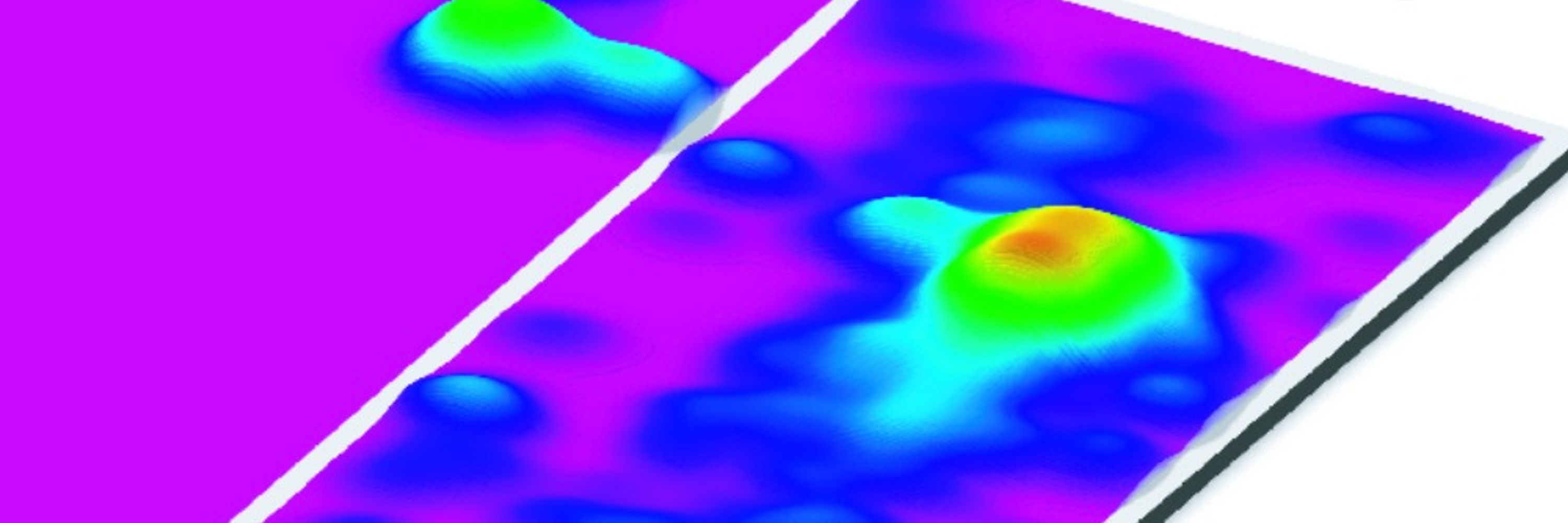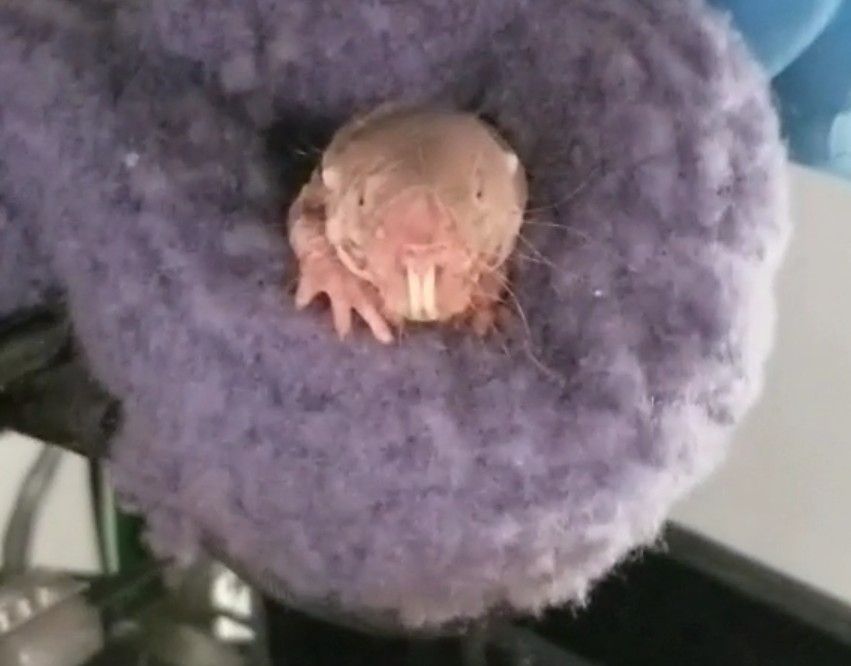Alex Banks
@bankslab.bsky.social
590 followers
570 following
18 posts
Academic scientist with a passion for all things metabolism. And also (strangely) the sport of fencing. Lab: https://research.bidmc.org/alexander-banks.
Energy Balance Core: https://shorturl.at/kCHN1
Posts
Media
Videos
Starter Packs
Alex Banks
@bankslab.bsky.social
· Jul 28
Alex Banks
@bankslab.bsky.social
· Jul 28

Comparative analysis of naked mole-rat thermogenesis and its potential to maintain euthermia in response to cold
The naked mole-rat (NMR) is a subterranean rodent known for its unique thermal biology, exceptional longevity and resistance to cancer and hypoxia. However, its thermal biology remains controversial, ...
www.biorxiv.org
Alex Banks
@bankslab.bsky.social
· Jul 28
Alex Banks
@bankslab.bsky.social
· Jul 28
Alex Banks
@bankslab.bsky.social
· Jul 28
Alex Banks
@bankslab.bsky.social
· Jul 28
Alex Banks
@bankslab.bsky.social
· Jul 28
Alex Banks
@bankslab.bsky.social
· Jul 28
Alex Banks
@bankslab.bsky.social
· Jul 28
Reposted by Alex Banks
Sable Systems
@sablesys.bsky.social
· Jan 8
Alex Banks
@bankslab.bsky.social
· Sep 15









